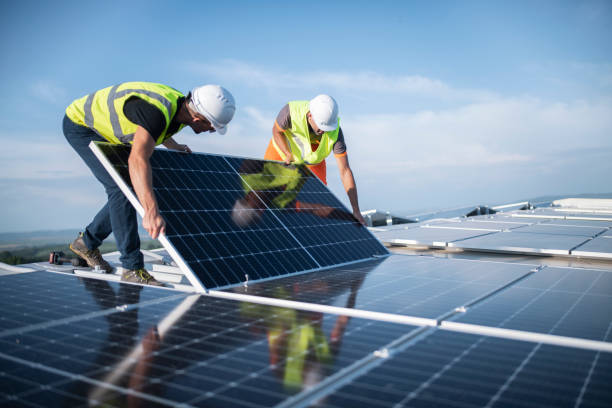Evaluating Lifecycle Costs of Industrial Compression Equipment
Evaluating lifecycle costs for industrial compression equipment requires examining initial purchase, installation, energy use, maintenance, and disposal. Facility managers must balance upfront capital with ongoing electricity and repair expenses while considering engineering constraints, warehouse management, and stock control practices. This article outlines factors that shape total cost of ownership over equipment lifespans and how operational choices, marking and asset tags, and automation affect long-term value.

How do asset tags affect maintenance and stock control?
Clear asset tagging and marking practices directly influence lifecycle costs by improving inventory accuracy and facilitating scheduled maintenance. Asset tags make it easier to track compressor run hours, service intervals, and warranty information, which reduces unscheduled downtime and parts misallocation. In warehouse management and industrial building settings, consistent stock control lowers repair lead times and supports predictive maintenance strategies that extend equipment life and reduce emergency replacement expenses.
What role does automation play in energy and power use?
Automation can optimize compressor load profiles and reduce wasted electricity through pressure setpoint controls, variable-speed drives, and integrated demand response. By matching compressed air generation to actual demand, facilities can reduce peak power draw and related power generation costs. Automation also enables remote monitoring of power and electricity metrics, helping engineers and maintenance teams detect inefficiencies early and plan interventions that reduce total lifecycle energy expenditure.
How does engineering and industrial building layout influence lifecycle?
Engineering decisions and industrial building layout affect installation complexity, piping runs, ventilation, and heat management—each of which impacts lifecycle costs. Longer compressed-air piping increases pressure drop and energy consumption, while poor placement can raise ambient temperatures, reducing compressor efficiency. During renovation or in new construction, coordination between engineering, warehouse management, and facility planners minimizes rework, lowers installation labor, and improves long-term maintainability of compression systems.
Can renewable energy and sustainable energy reduce operating costs?
Integrating renewable energy sources, such as on-site solar or co-located renewable energy for power generation, can offset electricity costs associated with compressors. Sustainable energy strategies may include demand shifting to sunlight hours or pairing compressors with energy storage to smooth peaks. While capital investments for renewable energy are separate, they can reduce the proportion of lifecycle cost attributable to grid electricity in areas with high power rates and favorable sun conditions.
What environmental factors like water and light impact equipment longevity?
Environmental conditions such as humidity, water exposure, and light-related heat loads influence compressor wear and cooling needs. Moisture in intake air or condensate handling requirements increases maintenance for separators and dryers. Excessive sunlight or lack of proper light-controlled ventilation can raise ambient temperature, stressing compressors and shortening service intervals. Designing for proper airflow, water management, and controlled light or dark mode ventilation in equipment rooms supports longer useful life.
Real-world cost insights, providers, and pricing comparison
Real-world lifecycle analysis combines purchase price, installation, electricity consumption, maintenance, and end-of-life handling. Below is a fact-based comparison of widely recognized compressor providers and representative product lines to illustrate typical market positioning and cost ranges. These entries are examples intended to guide budgeting and further vendor research; actual pricing varies by region, specifications, and service agreements.
| Product/Service | Provider | Cost Estimation |
|---|---|---|
| Oil-free rotary screw compressors (15–75 kW range) | Atlas Copco | $15,000–$60,000+ installed |
| Rotary screw compressors with integrated control | Ingersoll Rand | $12,000–$55,000+ installed |
| Portable and stationary screw compressors | Kaeser (e.g., M series) | $10,000–$50,000+ installed |
| Industrial screw and centrifugal compressors | Sullair | $10,000–$70,000+ installed |
| Industrial compressors with advanced monitoring | Gardner Denver | $12,000–$65,000+ installed |
Prices, rates, or cost estimates mentioned in this article are based on the latest available information but may change over time. Independent research is advised before making financial decisions.
Conclusion
Evaluating lifecycle costs for industrial compression equipment goes beyond sticker price: energy consumption, maintenance cadence, installation complexity, and environmental factors all shape total cost of ownership. Use asset tags and marking to improve stock control, apply automation to reduce electricity waste, and consider engineering and building layout during renovation or new construction. Incorporating renewable energy where practical can alter operating expenses, but each site requires tailored assessment to determine optimal investments.






